Admissions Open for
Why Dance Class is Beneficial
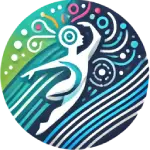
Encourages Emotional Expression
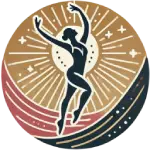
Improves Cognitive Skills

Physical Fitness

Physical Fitness

Boosts Confidence and Self-Esteem
Dance Fundamentals

- Rhythm and Timing: learning how to move in time to a beat is crucial to dance education.
- Basic Movements: Learning the basics of dance moves, positions and techniques to make dance activity for kids.
- Coordination: Learning how to move different parts of your body together is an important part of dance programs in schools.
- Flexibility and Strength: Flexibility and muscle strength are important in enhancing the efficiency of our body in performing all dance styles
- Creativity and Expression: Dance students explore creative expression through movement and choreography.
- Memo And Concentration: Learning of routines and sequences enhances memory and concentration and is a great asset for school students in Extra-curricular dance class.

Fundamentals of Dance
- Rhythm and Timing: learning how to move in time to a beat is crucial to dance education.
- Basic Movements: Learning the basics of dance moves, positions and techniques to make dance activity for kids.
- Coordination: Learning how to move different parts of your body together is an important part of dance programs in schools.
- Flexibility and Strength: Flexibility and muscle strength are important in enhancing the efficiency of our body in performing all dance styles
- Creativity and Expression: Dance students explore creative expression through movement and choreography.
- Memo And Concentration: Learning of routines and sequences enhances memory and concentration and is a great asset for school students in Extra-curricular dance class.
Highlights of our Dance

Nursery, K1 & K2
- Theme-based Activities – Introduction to creative body movements with interesting themes to encourage coordination and imagination in dance programs.
- Hand Gestures for Expression – Teaching children to express emotions and narrate stories using hand gestures, which is vital in classical styles like Kathak.
- Basic Footwork – Building the basic steps in order to maintain balance, rhythm, and coordination for young dancers, supporting early dance education.
- Freestyle Play and Movement – Encouraging spontaneous movement and creative self-expression through play, a common method in extra curricular activities.

Grade 1-2
- Arm and Body Coordination – The focused arm movement develops balance, creativity, and coordination, improving dance moves.
- Basic Dance Techniques – Develops mastery in basic movements and body control that enhances all-around development for school programs.
- Rhythm Recognition – Introduce rhythmic patterns and groove, thereby improving coordination and fluency in dance activities.
- Expression through Dance – Facial expression and body language in the presentation that emotionally communicates the music with the audience, essential in performing arts.

Grade 3-5
- Freestyle Choreography – Encourages students to make their own routine to enhance their physical and mental well-being while they learn dance.
- Advanced Footwork and Coordination – Mastering complex steps and balancing movements with better coordination, essential for professional dance.
- Musicality and Performance – Understanding how dance complements rhythm, melody, and mood for powerful performances, a key component of school dance.
- Storytelling through Dance – Developing emotional depth by combining gestures, expressions, and movement in performances, helping dance teacher guide students effectively.

Nursery, K1 & K2
- Theme-based Activities – Introduction to creative body movements with interesting themes to encourage coordination and imagination in dance programs.
- Hand Gestures for Expression – Teaching children to express emotions and narrate stories using hand gestures, which is vital in classical styles like Kathak.
- Basic Footwork – Building the basic steps in order to maintain balance, rhythm, and coordination for young dancers, supporting early dance education.
- Freestyle Play and Movement – Encouraging spontaneous movement and creative self-expression through play, a common method in extra curricular activities.

Grade 1-2
- Arm and Body Coordination – The focused arm movement develops balance, creativity, and coordination, improving dance moves.
- Basic Dance Techniques – Develops mastery in basic movements and body control that enhances all-around development for school programs.
- Rhythm Recognition – Introduce rhythmic patterns and groove, thereby improving coordination and fluency in dance activities.
- Expression through Dance – Facial expression and body language in the presentation that emotionally communicates the music with the audience, essential in performing arts.

Grade 3-5
- Freestyle Choreography – Encourages students to make their own routine to enhance their physical and mental well-being while they learn dance.
- Advanced Footwork and Coordination – Mastering complex steps and balancing movements with better coordination, essential for professional dance.
- Musicality and Performance – Understanding how dance complements rhythm, melody, and mood for powerful performances, a key component of school dance.
- Storytelling through Dance – Developing emotional depth by combining gestures, expressions, and movement in performances, helping dance teacher guide students effectively.
Our Dance Lab Setup

The extra-curricular dance class at Orchids is designed to provide dance students with a well-equipped and spacious environment to explore and perfect their skills in school dance.
- •Spacious Dance Floor: A large, open area for students to practice movements and routines with ample space for dance activities.
- •Mirrored Walls: Full-length mirrors to help school students observe and perfect their body posture and technique.
- •Sound System: High-quality speakers for clear music playback, ensuring students can hear the rhythm and follow it accurately in different dance styles like hip hop or classical.
- •Proper Flooring: Smooth, shock-absorbing flooring that prevents injuries and creates a safe environment for dance programs.
Testimonials From Our Dance

Ankit Ghosh
New Town, Kolkata
Explore the Dance Activity
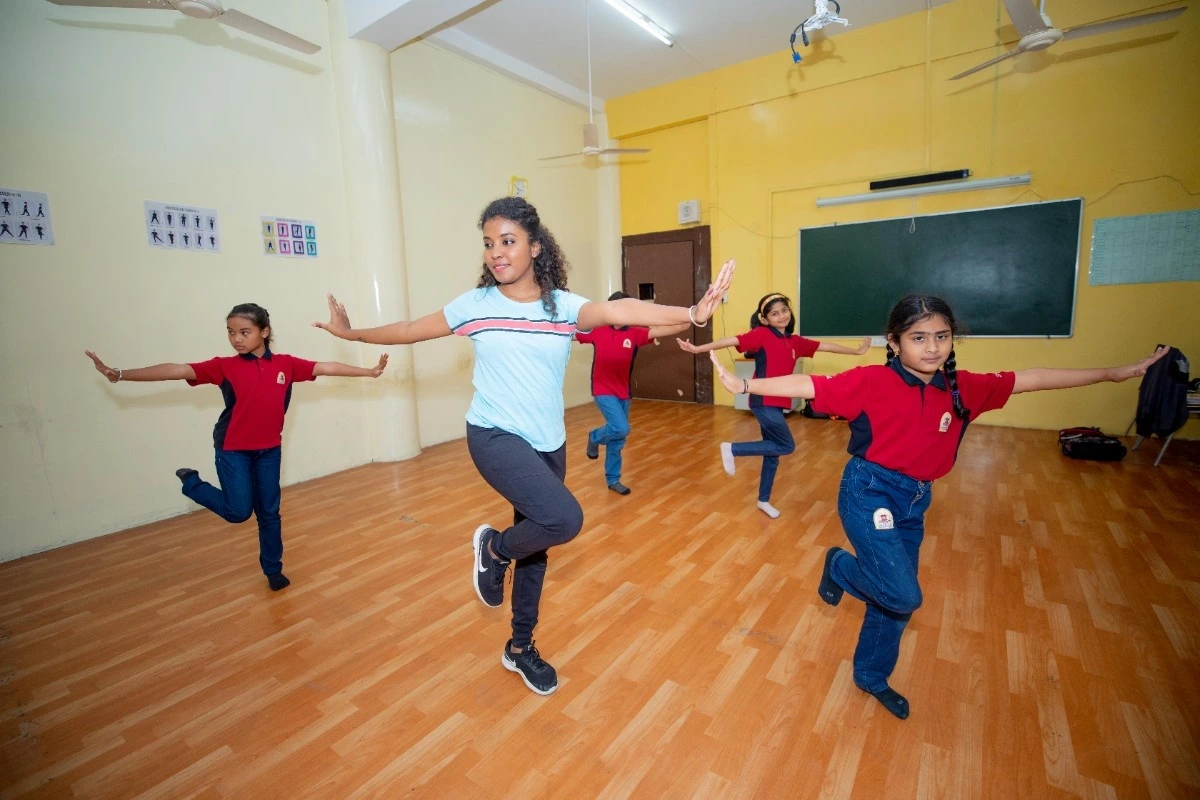
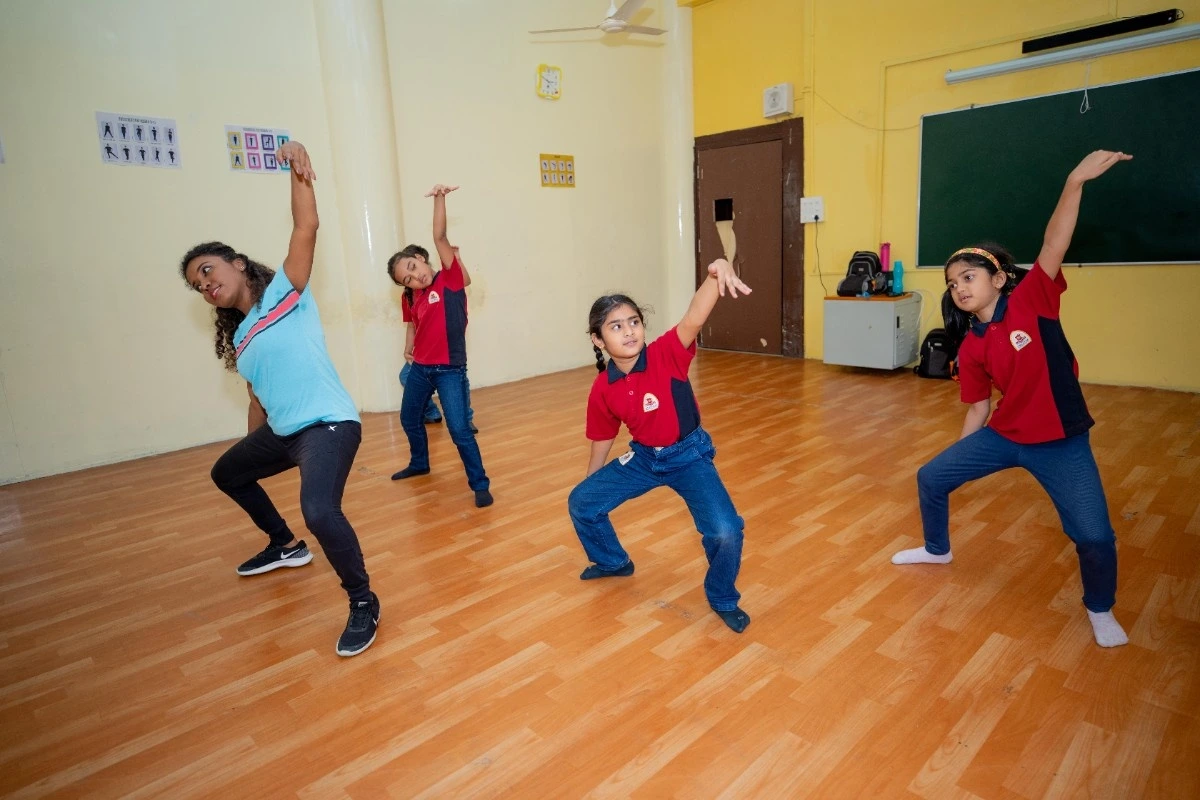
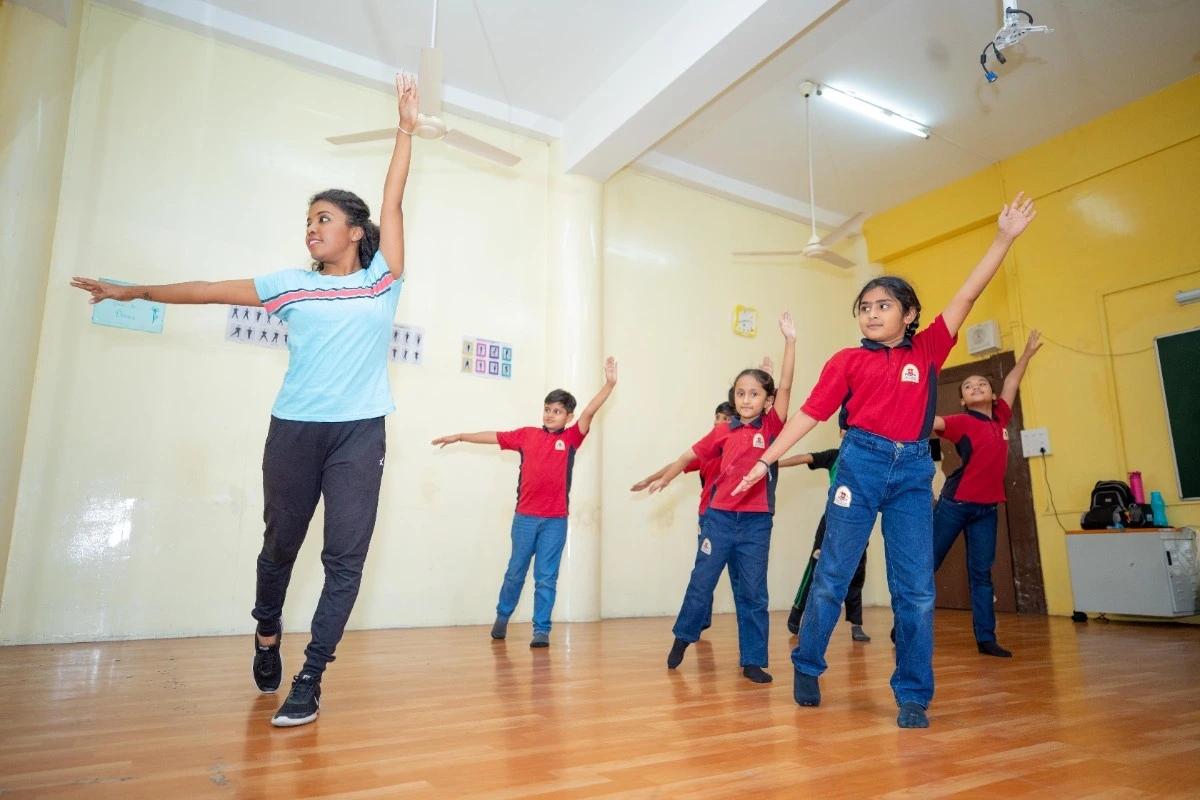
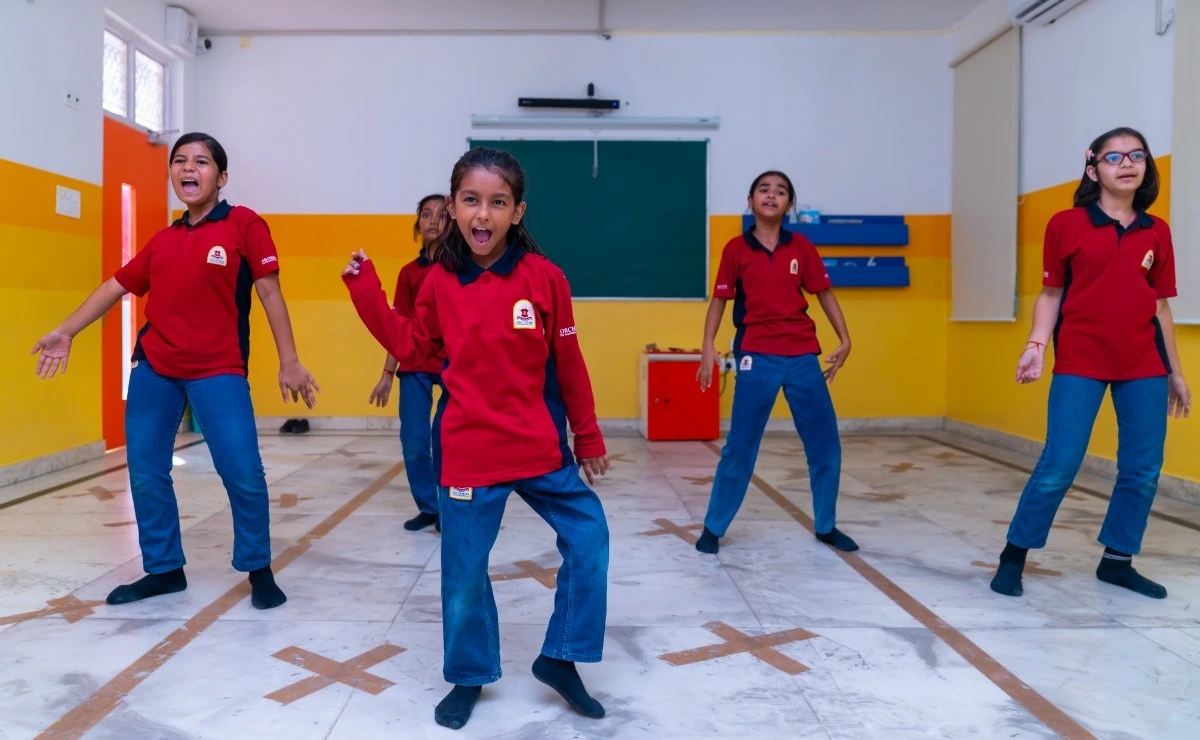
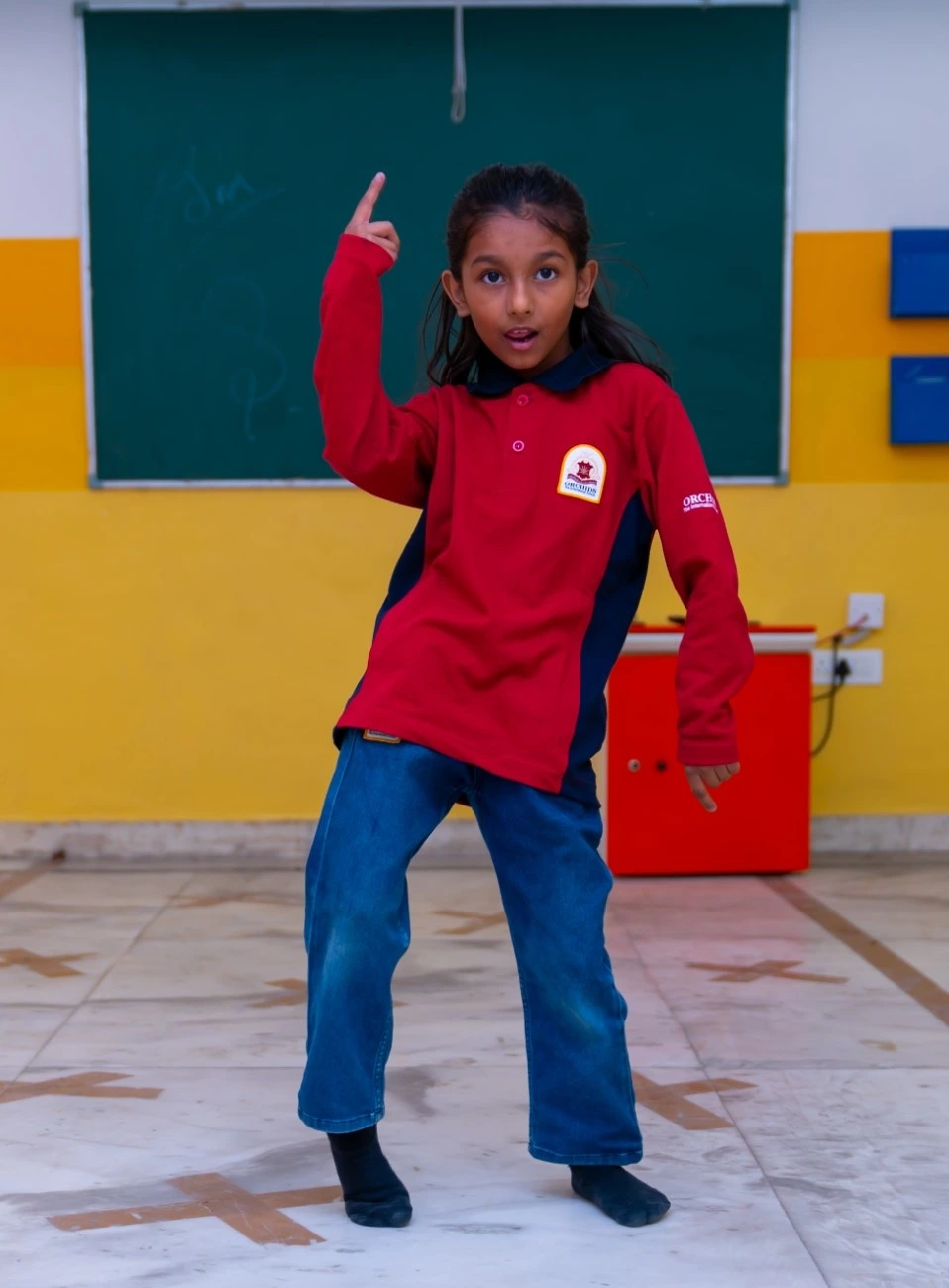
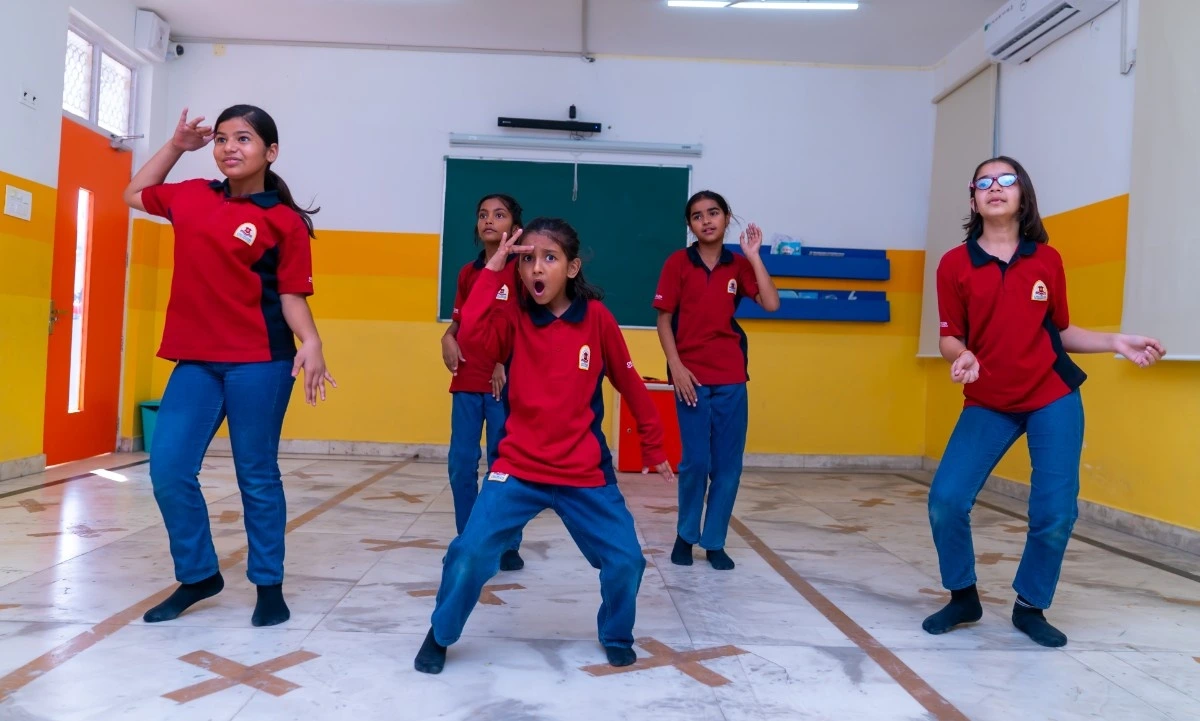
Parents Share Their Stories
Frequently Asked Questions
At Orchids The International School, professional and experienced dance instructors teach various dance forms, ensuring students receive proper training suitable for their age and talent. For instance, Ms. Anusha K. serves as a Dance Instructor in Bengaluru, Ms. Prajakta Shelar holds a similar position, and Ms. Sowmya Reddy teaches dance at the Sarjapur branch. These instructors specialize in styles such as classical, contemporary, folk, hip-hop, and Bollywood, providing comprehensive dance education across all branches.
Yes, all branches of Orchids International School incorporate dance activities into their curriculum. Dance is included in the co-curricular programs to encourage creativity and physical fitness. This commitment to dance education is evident across various locations
-
Delhi Branches: Offer extracurricular activities such as music, dance, visual arts, and theatre.
-
Bangalore Branches: Provide a diverse range of extracurricular activities, including dance, music, visual arts, and theatre.
-
Chennai Branches: Feature extracurricular activities like dance, music, swimming, and sports.
Orchids Dance students get the opportunity to perform at various prestigious events and competitions. They showcase their talent in annual school concerts, inter-school dance contests, and cultural festivals. Many students also participate in state and national-level dance championships. Additionally, they perform at community events, charity shows, and corporate gatherings. Some advanced students may even get the chance to perform internationally or in professional stage productions. The school often collaborates with renowned choreographers, providing students with high-quality exposure. Overall, Orchids Dance students get a platform to shine on both small and grand stages.
Dance classes teach a variety of dance forms, catering to different styles and skill levels. Commonly taught dance forms include:
-
Ballet – A graceful and technical dance style focusing on posture, flexibility, and strength.
-
Hip-Hop – A high-energy, rhythmic dance form emphasizing freestyle movements and urban culture.
-
Contemporary – A fusion of ballet and modern dance that expresses emotions through fluid movements.
-
Jazz – A lively and energetic dance style featuring sharp, stylish moves and leaps.
-
Salsa – A Latin dance style known for its rhythmic footwork and partner coordination.
-
Kathak & Bharatanatyam – Classical Indian dance forms that tell stories through expressions and hand gestures.
-
Tap Dance – A percussive dance form where dancers create rhythms using their feet.
-
Bollywood Dance – A vibrant mix of Indian folk, classical, and Western dance styles seen in Bollywood movies.
CBSE Schools In Popular Cities
- CBSE Schools in Bangalore
- CBSE Schools in Mumbai
- CBSE Schools in Pune
- CBSE Schools in Hyderabad
- CBSE Schools in Chennai
- CBSE Schools in Gurgaon
- CBSE Schools in Kolkata
- CBSE Schools in Indore
- CBSE Schools in Sonipat
- CBSE Schools in Delhi
- CBSE Schools in Rohtak
- CBSE Schools in Bhopal
- CBSE Schools in Aurangabad
- CBSE Schools in Jabalpur
- CBSE Schools in Jaipur
- CBSE Schools in Jodhpur
- CBSE Schools in Nagpur
- CBSE Schools in Ahmednagar
- CBSE School In Tumkur















